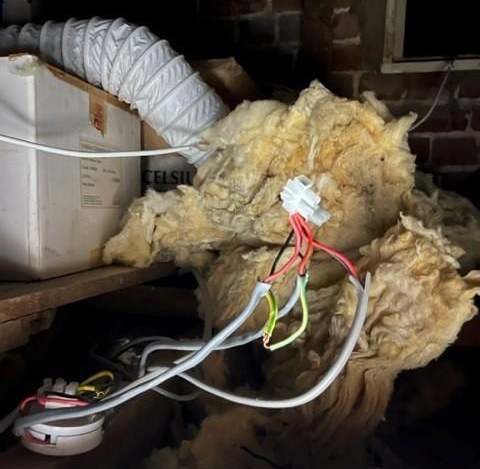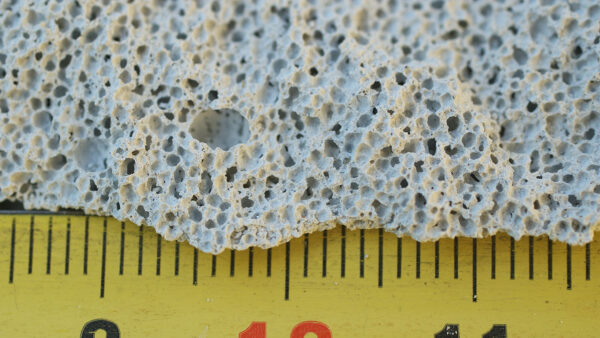A leading construction safety body has raised concerns about fire safety competence in care home settings, following two serious incidents.
Collaborative Reporting for Safer Structures UK (CROSS-UK) said it was concerned about the lack of competence of maintenance personnel working in care homes, after one of its reporters discovered poor electrical and fire door maintenance in two facilities which put residents at risk.
The issue of fire safety in care homes was highlighted last year by CM, reporting on a campaign by CIOB member Steven Miles and his wife Claire, whose mother had died in a fire. The couple, supported by CIOB, are calling for a change to the regulations so care homes are categorised as higher-risk buildings.
Unsafe electrical installation

The first incident uncovered by the CROSS-UK reporter was an electrical installation that was found to be faulty following an emergency call to a care home specialising in end-of-life and palliative care. The firefighters discovered that the electrical connections for a light fitting had been shorting, causing overheating and smoke.
The CROSS-UK report said: “The installation was later confirmed by a qualified electrician to have been clearly undertaken by an unqualified maintenance person.”
It added: “The responsible person for this and four other care homes were sent an official letter reminding them of their responsibilities under the Fire Safety Order, and to investigate who was responsible for the dangerous works, and urgently requesting they review the wiring in all their premises where this maintenance person worked. The letter also recommended that the RP suggest to the maintenance person that they do not attempt any further work for which they were not qualified or competent.”
Inadequate fire door remediation
The second incident occurred following a fire safety inspection in a care home for residents over 65. One of the recommendations of the initial inspection was to upgrade the fire doors by fitting them with intumescent strips and cold smoke seals.
A follow-up inspection of the remedial works found that the intumescent strips and cold smoke seals were incorrectly fitted to the door frame.
The CROSS-UK report said: “The combined strip and seals were fitted to a channel, that was routed incorrectly, into the corner of the frame. The reporter suggests that in the event of a fire, the intumescent strip would swell and effectively lever the door open and allow passage of fire and smoke into the means of escape, compromising the evacuation. The door and frame were described as ‘relatively old but substantial’ and (if the combined strip and seal had been fitted correctly) would likely have given the level of protection required. Instead, they lost integrity and are now unfit for purpose.”

The CROSS-UK reporter said they were “concerned that unqualified maintenance personnel are carrying out repairs to safety critical systems and installations with the potential for serious injury or loss of life”.
Learning outcomes
CROSS-UK, which did not disclose the location or date of the incidents, warned that there were several learning outcomes to be drawn.
“For responsible persons (RPs), the UK’s fire safety regulations all require a structured and effective fire safety management regime to prevent relevant persons from being exposed to risks such as those described in this report,” it said.
“Persons responsible for the fire safety arrangements of a premises must ensure that staff undertaking work that involves any of the fire safety systems or equipment are competent to do so.
“Electrical maintenance or electrical installations should only be carried out by competent persons.”
CROSS-UK continued: “For fire and rescue services, where modifications are recommended for an existing, nominal fire door, further guidance may need to be communicated to RPs about the competence of contractors undertaking these works.
“Care regulators should ensure fire safety competence is embedded into the whole range of persons with duties in a care home. This includes managers, care staff, fire risk assessors and maintenance staff.
“Inspection regimes for care regulators and fire and rescue services should target the risk. Care homes are high-risk occupancies, where staff competence is critical.”












